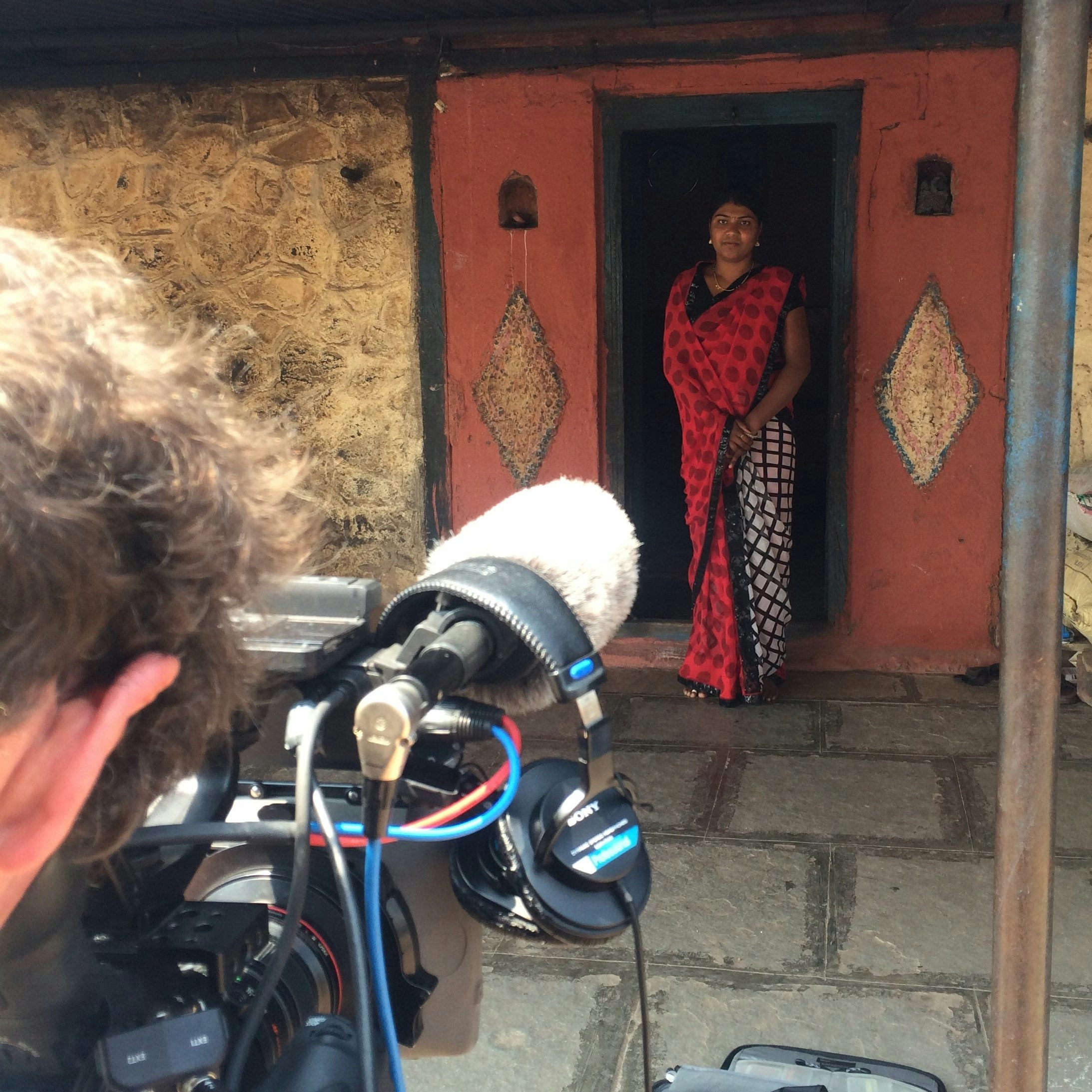
A Diabetes Mystery in Developing Nations
Can the spirit of wildly popular and innovative science podcasts, such as Radiolab, be brought to video? That’s what Emmy Award-winning producer Elliot Kirschner wanted to find out with an innovative new film about an aspect of the diabetes problem you probably haven’t heard about. Kirschner teamed up with award-winning director Adam Bolt, producer Jessica Harrop and editor Regina Sobel for an experiment in science storytelling supported by Science Sandbox.
On December 15, The New Face of Diabetes had its digital premiere on Vice’s science and technology channel, Motherboard.
Type 2 diabetes has traditionally been seen as a disease of the developed world. But scientists are now realizing that this is not the case. Eighty percent of diabetes cases now occur in developing nations, and many diabetics there don’t fit the stereotype associated with the condition: In the West, most patients are obese, but in India, they’re not. What’s going on? The filmmakers traveled to India, which has become the epicenter of the global diabetes epidemic, and met up with C.S. Yajnik of the King Edward Memorial Hospital and Research Centre in Pune, who has undertaken a massive study to try to answer that question. Along the way Yajnik is changing how the world sees this devastating disease. The rapid rise of diabetes in developing countries calls for a more thorough understanding of how signals from the environment turn genes on and off.
The New Face of Diabetes is part of a series of three short film projects for which Science Sandbox teamed up with Kirschner’s Two Turtle Productions and a group of documentary filmmakers. With each film focusing on a different aspect of diabetes, a condition that affects 415 million people worldwide, the filmmakers explored how film can communicate the complicated science behind relatable issues.
The films were made in close collaboration with experts in the field and were then vetted by scientists not involved in the production. The films were created for audiences with a wide range of science backgrounds and have received a positive response at special screenings. (And The New Face of Diabetes and its accompanying article were the most popular article and video on Motherboard for the first few days after the film’s release there.) This success supports the idea that compelling narratives can include sophisticated science. The goal is to use these films to show filmmakers and funders the value of such science storytelling.
All three films will be available for free online in 2017.


